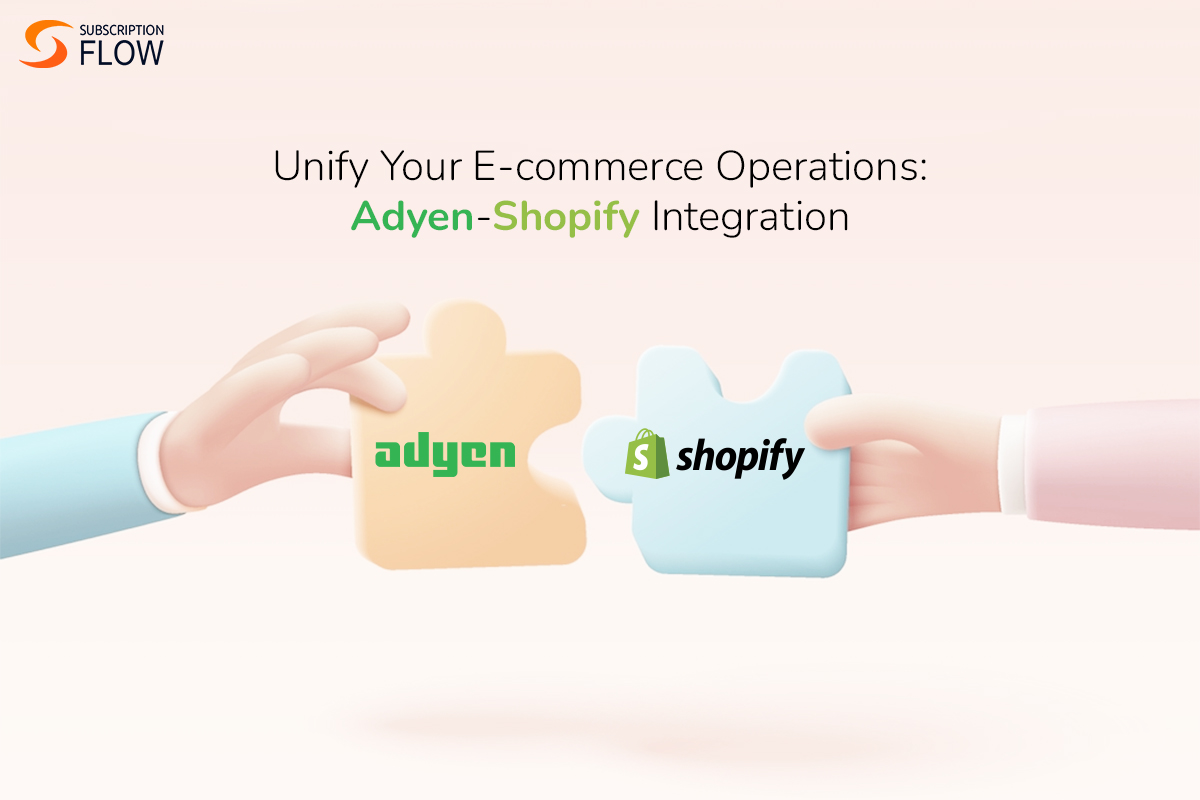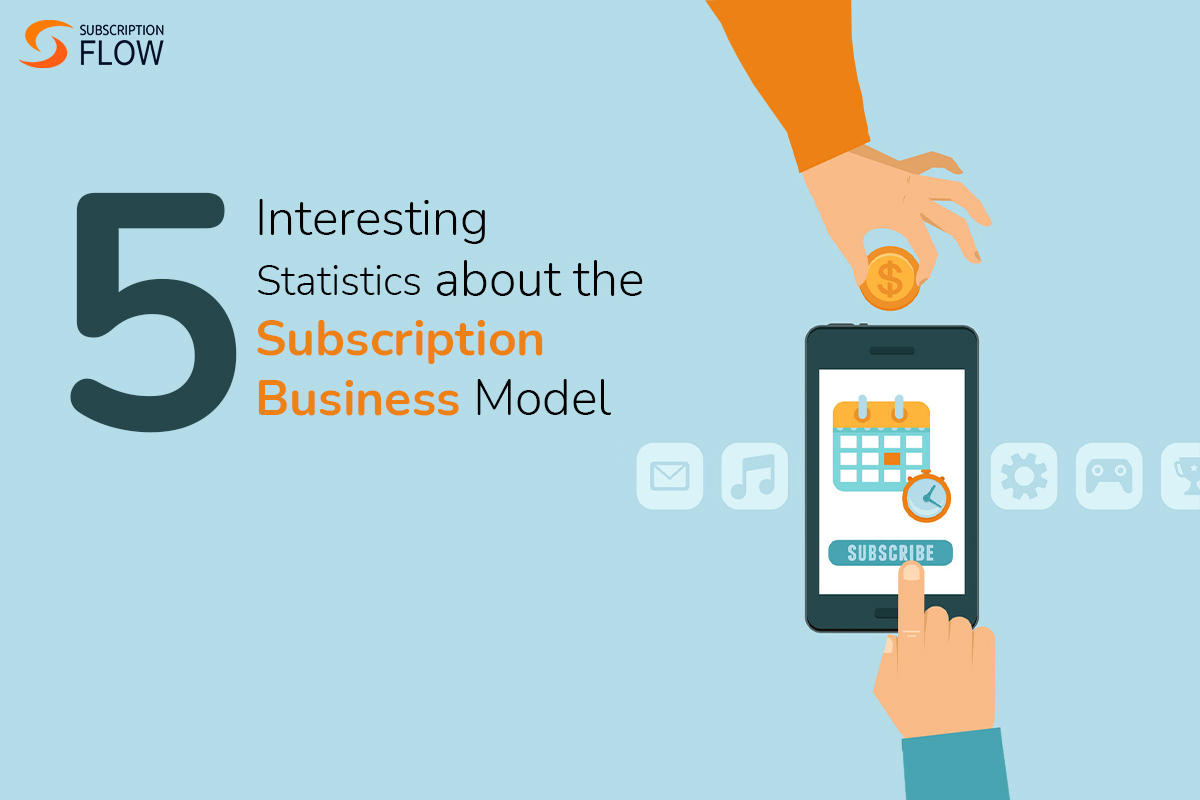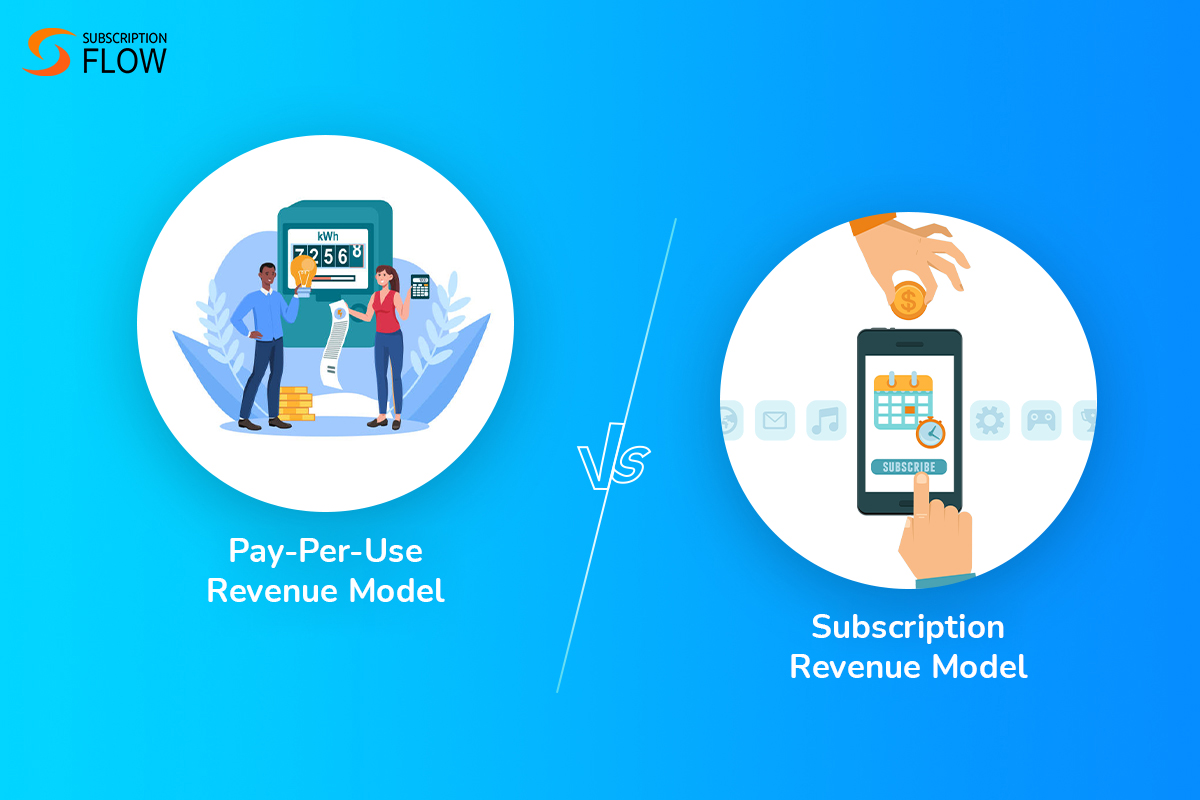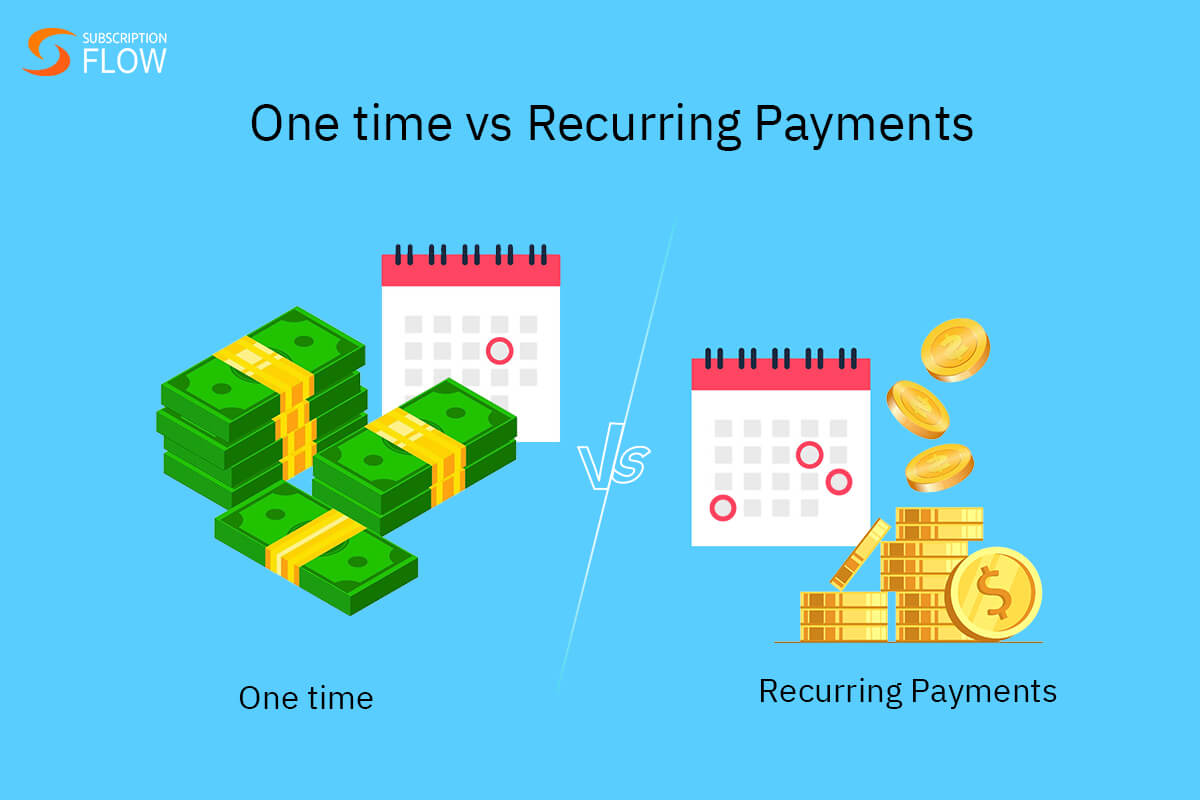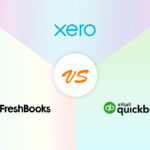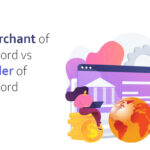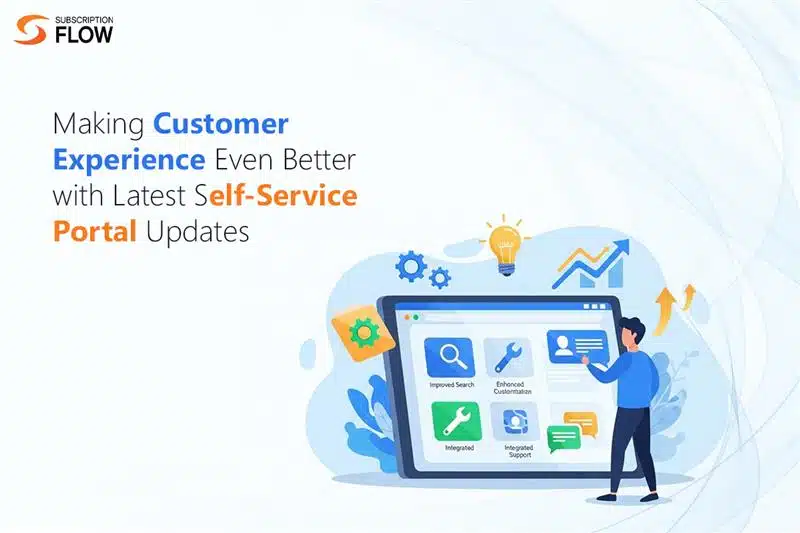
Making Customer Experience Even Better with Latest Self-Service Portal Updates
Putting customers in control is important. Gone are the days when customers used to rely on emails to get their things fixed by the business. Sending emails to request little account changes is not only inconvenient for customers, but also adds more things to the business’s plate. It creates unnecessary friction in subscription cycles.
Fast forward to self-service portals—they give customers all the tools they need to manage their own subscription. No back and forth messages to the merchant needed. Self-service portals decrease the customer’s reliance on the business, reducing friction, and increasing efficiency.
And now these portals are more efficient than ever. SubscriptionFlow has introduced some exciting upgrades to make them more group-based and ecommerce subscribers oriented. Stay tuned to find out what the new features are.
Why Businesses Need Self-Service Portals?
Businesses need self-service portals for their customers to make their subscription experience more valuable. If each customer has access to their own portal, they can control their subscription accounts themselves. They no longer need to wait for the support team to resolve their issues.
For businesses, self-service portal mean reduced administrative burden. The portals free up a lot of their time that would otherwise be spent entertaining each customer’s request manually. They are especially useful for large businesses. Why? Because it is not feasible to manually cater to every single request made by thousands of customers.
That’s how self-service portals create a win-win situation for both businesses and customers. Customers get to self-manage that encourages them to stay subscribed. Meanwhile, businesses get to boost retention without increasing workload.
Introducing the Latest Self-Service Portal Updates
Self-service portals have been enhanced further to include more options for customers. They now give customers greater management access, and extended control. The updates have been designed by SubscriptionFlow keeping group subscribers, B2B clients, and ecommerce customers in mind.
Here’s a list of the new features that clients can now benefit from:
1. Shared portal for contacts/dependents
Group subscribers don’t need to request the main account holder to make changes on their behalf. They can take the control into their hands via the shared portal. This applies to families, work teams, students, gym subscribers etc. that are managed under a single account.
The shared portal is tied to the admin’s/payer’s account, and can be accessed by all the members in the group. This is best for groups that don’t have hierarchical needs, and want equal control over settings for all.
So group members don’t need to create and keep different passwords, and share them with each other. There’s no gatekeeper of the account settings. Instead, the access is unified for all.
2. “Skip a month” option for ecommerce customers
This option can become a great retention tool for ecommerce businesses, and works the same way as a subscription pause button. The only difference is that the pause duration is pre-defined i.e. one month.
Suppose a customer is subscribed to a physical box that delivers meal kits to their doorstep every month. This customer needs to go travelling for some days, and realistically cannot accept next month’s box. Without the skip-a-month button, they only have the option to cancel. After all, if they don’t cancel, they’re going to have to pay for something they don’t need.
There can be many other scenarios like this one that make it impossible to receive deliveries without break. To empathize with customers, merchants can allow them to skip subscription for a month. They can automatically re-join afterward and continue receiving deliveries smoothly.
So no cancellation over minor issues required, when skipping for a month resolves things just fine.
3. “Skip your order” option
This is generally useful if customers don’t want specific orders delivered in the current cycle. So they have more control over when to receive subscription parcels, and when not. They can leverage this feature instead of cancelling and opting out completely.
4. Upgrade order option
Customers can upgrade their ecommerce orders at the start, end or middle of a cycle. For instance, they can switch to a more expensive subscription box. Merchants don’t have to adjust their charges manually, as the system comes with built-in proration.
5. Add new orders option
Customers can now add new orders that can either be one-time (like add-ons) or recurring (like another subscription). They can manage all their orders from the same portal making it easy for them to oversee their purchase activity.
6. Bundle items management
Allow customers to change their subscription bundle items from the comfort of their self-service portal. Only letting them view their bundle items isn’t enough. They can do that on their checkout page too. Rather, customers need to be able to control what they receive in the bundle and what not more actively.
For that, their customer portals enable them to remove items from their bundle, as well as add new ones. This option ensures that the window for personalization never closes for them—even after they have paid for the subscription.
SubscriptionFlow can easily create new billing cycles, and adjust charges for them that align with their evolved bundles.
What These Updates Mean for Businesses?
Here’s how the self-service portal updates facilitate businesses:
- Lesser Support Tickets
As more and more subscription management options land in the customer’s hand, support tickets naturally become less frequent. There’s lesser help that customers require with regards to their account, as they can handle the basic settings themselves. This helps merchants focus on the more complicated cases.
- Easier Upselling
Since customers can upgrade without friction, it creates more upselling opportunities for the merchant as well. Merchants can give out discounts encouraging customers to move toward higher-tiered plans. Plus, customers can make the switch anytime, as they aren’t restricted to upgrade only at the end of their billing cycle.
- Increased Customer Lifetime Value
Customers are more likely to stay subscribed if they can do the basic, and the most frequently needed management themselves. So by offering self-service portals, merchants basically incentivize retention. The longer a customer stays, the greater their lifetime value, and the greater the revenue generated by the merchant.
How Self-Service Portals Help Businesses Stay Updated on Customer Activity
Account changes made by customers aren’t one-sided. They are visible to the business too. SubscriptionFlow ensures that the information shown on the customer portal, and on the merchant’s dashboard matches, and updates in sync.
- Merchants get comprehensive dashboards
On their dashboards, merchants can view all their customer profiles. They can expand any profile to see all its relevant data. For example, its subscription status, payment method, subscription plan, billing date, invoice status and so on.
Self-service portals are always in sync with merchant dashboards. Any changes made through portals are reflected on the dashboard as well. And information is always updated in real-time to avoid inconsistencies in data. So merchants and customers always stay on the same page.
- Billing tied to account changes is handled by the system itself
Customers can upgrade their subscription, cancel it midway, or replace items in their bundle. All these events necessitate a change in their billing too. Their billing amounts don’t stay the same because of proration. Merchants cannot manually keep pace with all the changes happening, and so cannot adjust bills manually.
SubscriptionFlow syncs all changes with billing automatically, and also adjusts billing dates where required. It generates invoices dynamically, meaning, if a customer’s payment amount is updated, their invoice is created with the updated amount.
- Fulfillment platforms are notified automatically
The software ensures that merchants don’t miss any of their customer’s order updates. Even if they can’t see to every order manually, the system continuously adjusts billing and fulfillment processes for them in the background. It keeps their operations closely tied together and aligned toward smooth order delivery.
Automatically notifying fulfillment platforms is one important task to achieve this. After billing is adjusted, and payment is collected according to the updated order, the software syncs the order update with the fulfillment platform as well.
So if a customer skips order for a month, the fulfillment platform is notified in real-time. This ensures that no order is created for the customer for the next month.
Don’t miss out on the increased value offered by SubscriptionFlow’s self-service portal. Sign up now and give your customers all the control they need.


